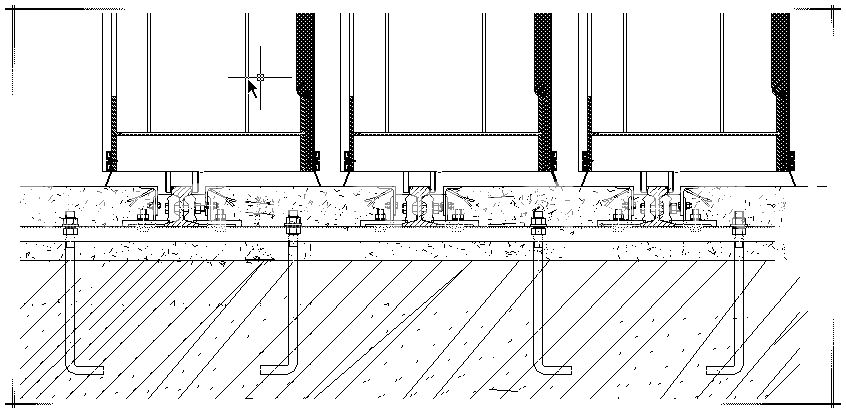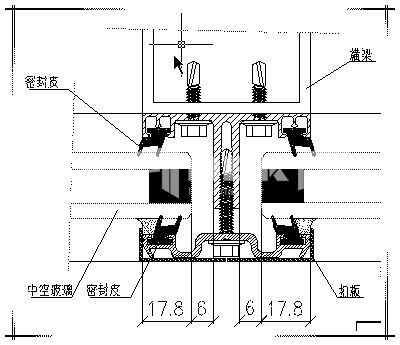Safety is the most important, and overlooked, aspect of garage doors. Garage doors are extremely heavy, with many parts under extreme tension, and are usually operated by a mechanical garage door opener that has the potential to pull or push with a dangerous amount of force. Garage doors cause injury and property damage (including expensive damage to the door itself) in several different ways. The most common causes of injury from garage door systems include falling doors, pinch points, improperly adjusted opener force settings and safety eyes, attempts at do-it-yourself repair without the proper knowledge or tools, and uncontrolled release of spring tension (on extension spring systems).
A garage door with a broken spring, or the wrong strength spring, can fall with tremendous force. Because the effective weight of the door increases as the garage door sections transfer from the horizontal to vertical door tracks, a falling garage door accelerates rapidly. A free falling garage door can cause serious injury or death. Most commonly, unsuspecting homeowners injure their backs while lowering a garage door with a broken spring, because they do not expect to be dealing with the door’s “true weight”.
The sections and rollers on garage doors represent a major pinch hazard. Children should never be allowed near a moving garage door for this reason. On manually operated garage doors, handles should be installed vertically, to promote “vertical orientation of the hand”.
Mechanical garage door openers can pull or push a garage door with enough force to injure or kill people and pets if they become trapped. All modern openers are equipped with “force settings” that will cause the door to reverse if it encounters too much resistance while closing, and to stop if too much resistance is encountered while opening. Any garage door opener sold in the United States after 1992 requires “safety eyes”, which are sensors that will prevent a garage door from closing if there is an obstruction under the door. Force settings should cause a door to stop or reverse upon encountering more than approximately 20 lbs of resistance. Safety eyes should be installed a maximum of six inches above the ground. Many garage door injuries, and nearly all garage door related property damage, can be avoided by following these precautions.
Many serious injuries occur when people without proper training and tools attempt to repair a garage door. Certain parts, especially springs, cables, bottom brackets, and spring anchor plates, are under extreme tension. Fatal injuries can occur if the wrong part is loosened or removed from a garage door while under tension.[10]
Extension spring systems should always be restrained by a “safety cable” which runs through the middle of the spring, tying off to a solid point at the rear and front of the horizontal door track. Extension springs represent a hazard to bystanders when a spring, pulley, or cable breaks under tension. Metal parts from extension spring systems can suddenly be launched. Fatalities have occurred in situations where a person was struck by an unrestrained extension spring.












